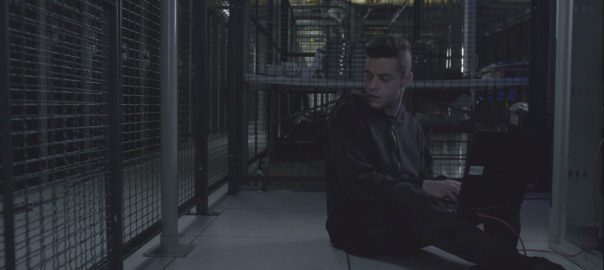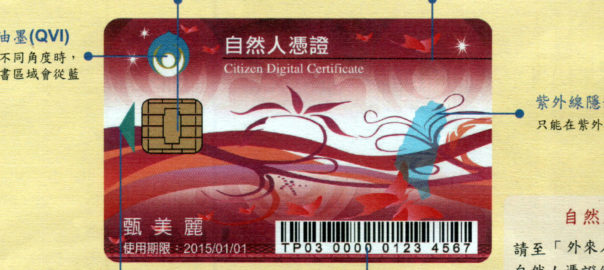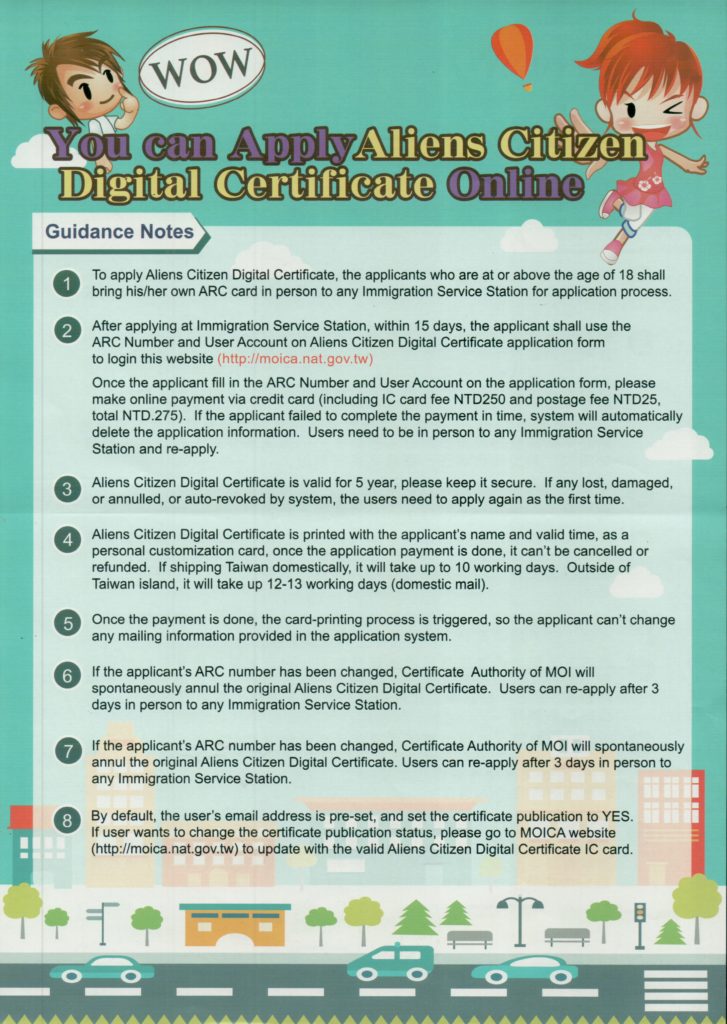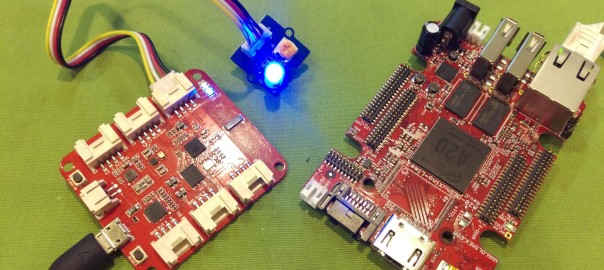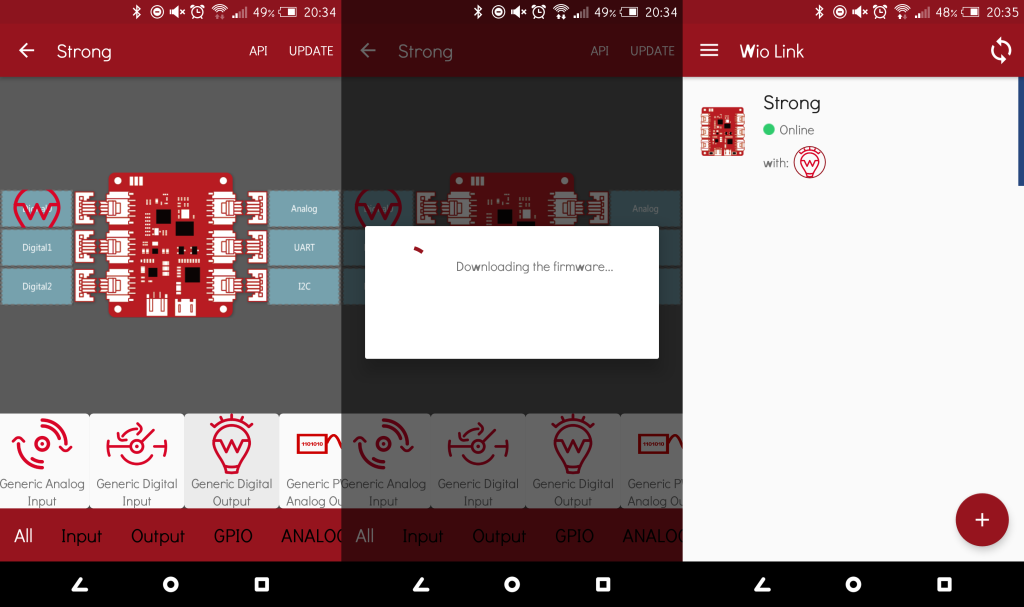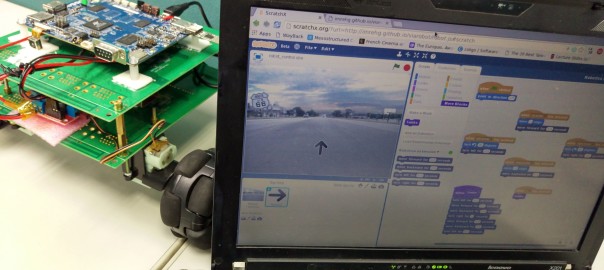The second season of Mr. Robot has just finished last week. While it’s one of the most amazing thing I’ve ever seen, it is also held as the TV show with the closest depiction how computer hacking works for real (see for example Quora or Reddit). Looks like it inspired a lot of people to “try out” the tools the characters use on the show (adding to the popularity of Kali Linux, or the Wickr chat app for example), which does feel a natural way to relate to your favorite characters, in a geek way.
I couldn’t resist either, and tried to dig a bit deeper, learning some geek (ie. not professional) lessons about how hacking works, party from the events in the show directly, partly by following for a few steps what were done in the show, and deconstructing the results. Here’s what I’ve collected so far:
Social engineering is likely a big part, a crucial enabler of most “successful” hacks. The show works with characters so it might be biased towards human actions, but it makes sense that social engineering can open door where the “bits” are closed. All the shows main hacks I remember included social engineering (not going to spoil here anything). This also made me a lot more aware in life, for example when talking with my bank online, or trying to get official things done in a way that it involves trust. Very much seems to me, that social engineering vulnerabilities and “opportunities” are really abound, and that makes me a lot more careful. For example, when calling to the bank, my verification data is three pieces of information that is available online or relatively easy, and I think of how I’ve seen such situation abused (in fiction, mind you), then I get a little jumpy. Not sure how other countries are like, but it feels like so many weak points in Taiwan, that she is just protected by the language barrier from western hackers/scammers – but sure that doesn’t deter another hostile nation. So yeah, my lessons is trying to improve on things, be mindful of trust-based situations encountered, while do be more confident to get things done better (in a non-malicious way of course), as confidence is one of the key ingredients of social engineering as well.
